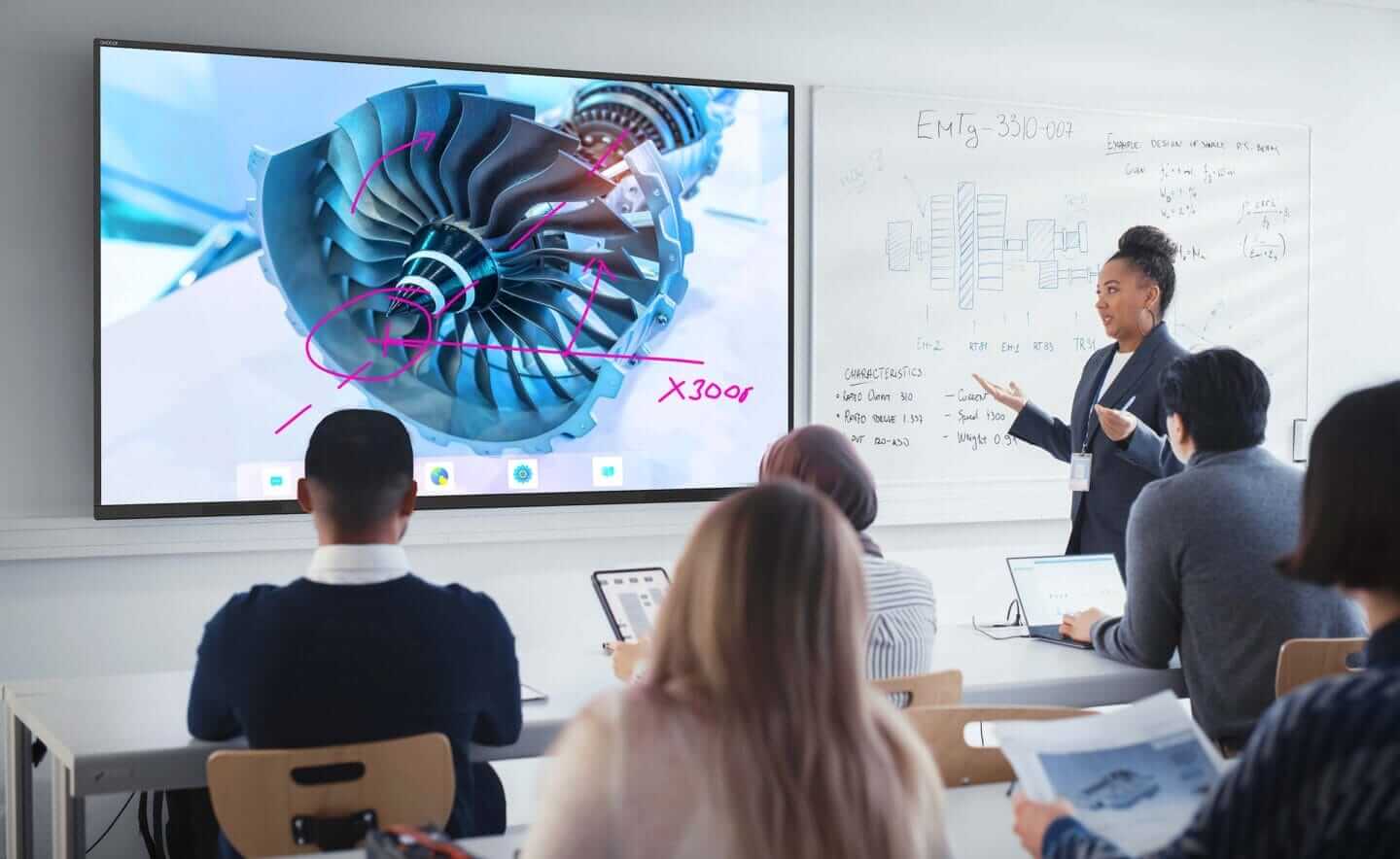
Keeping college students engaged in the classroom can sometimes feel like a challenge, but interactive class activities can turn passive learners into active participants. By incorporating dynamic and participatory techniques, teachers can create an educational environment that encourages teamwork, critical thinking, and real-world application.
In this guide, we’ll explore some of the best interactive classroom activities for college students—because let’s face it, no one wants to sit through a lecture that feels like background noise.
Interactive classroom activities offer more than just a break from traditional lectures. They help:
Now, let’s explore some interactive learning strategies that can make classroom experiences more engaging and productive.
This classic method fosters student discussion and deeper understanding. Pose a question, allow students time to think individually, then have them discuss in pairs before sharing with the class. It’s simple, effective, and gives every student a chance to contribute.
Using real-world examples helps students connect abstract concepts to practical applications. Instead of just discussing theories, students analyze situations where those ideas come to life.
Role-playing activities place students in realistic scenarios, allowing them to apply course concepts in a hands-on way. Whether it’s a business negotiation, a courtroom debate, or a medical consultation, this method builds confidence and critical thinking skills.
Who doesn’t love a little friendly competition? Using game-based methods, such as Kahoot! or Jeopardy-style quizzes, can make reviewing material more engaging and reinforce key concepts.
Structured debates and panel discussions help students articulate their viewpoints, defend arguments, and engage in critical thinking—essential skills whether they’re arguing a thesis or negotiating with their roommates.
They say the best way to learn something is to teach it. Peer teaching allows students to reinforce their understanding by explaining concepts to their classmates.
Want to gauge student opinions without the awkward silence after asking, “Any thoughts?” Live polling tools like Mentimeter or Poll Everywhere allow students to contribute opinions in real time.
For online or hybrid classes, tools like Google Docs, Padlet, and discussion boards keep students engaged and working together—even from different time zones.
Who says learning can’t be a little exciting? Classroom escape rooms challenge students to solve subject-related puzzles to “break out,” making learning both fun and immersive.
At the end of the day, interactive activities help create a classroom environment that is engaging, stimulating, and effective. Whether through discussions, role-playing, or gamified learning, incorporating these strategies enhances comprehension and fosters active participation.
By integrating Avocor’s innovative education solutions, including interactive displays and UC&C technology, educators can take engagement to the next level—bridging the gap between technology and interactive learning. Explore how Avocor can support your classroom by visiting Avocor’s education solutions.
Keep up to date with all the latest from Avocor and partners and get information on upcoming events and exciting product news.
Speak to one of our product specialists and find the perfect solution for you.